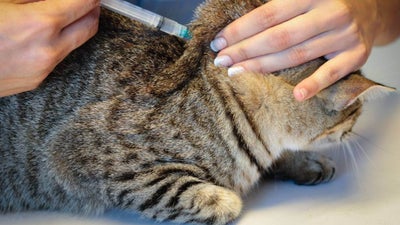What to consider when choosing pet insurance cover
Medical care for animals has come a long way which means there are more options than ever for sick or injured pets. With the right care, your cat or dog’s quality of life can be massively improved, but the downside is that treatment can be expensive.
If you look at the costs and fees associated with owning a pet, the total cost of dog care is estimated to be around $1,686 a year1, while your cat’s care will cost you around $670 a year.2 And that’s just for the expected costs – if your pet was to be hurt in an accident or to develop a condition later in life, you can expect to face additional costs. This is when pet insurance can make owning a cat or dog much more affordable for some owners. Without cover, you’ll need to budget for expensive vet bills on top of the ongoing standard costs of pet ownership. That’s why it may be worth considering pet insurance in case you’re unable to pay for your cat or dog’s essential treatment.
When considering pet insurance, there’s a few things you should consider looking into before signing up:
Pet insurance consideration checklist
- Does your pet meet the age eligibility?
- Have you compared different policies for level of cover, excess, exclusions and other features?
- How much will the policy cost you over time?
- Which features and benefits are most important for your breed?





